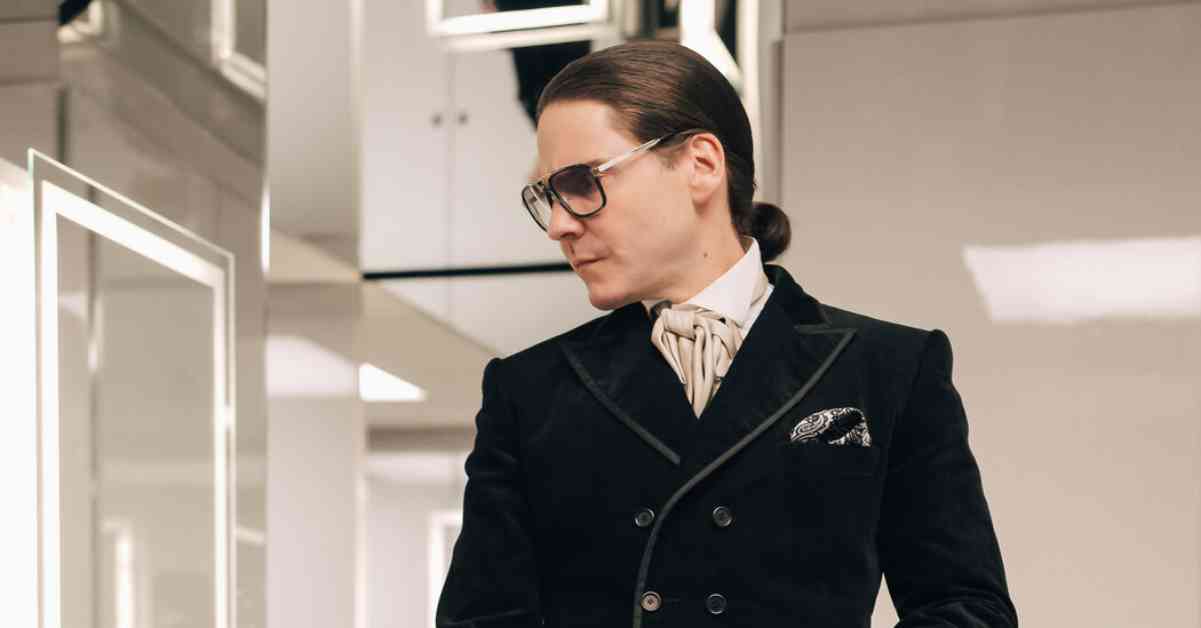Exposing the Designer Behind the Curtain
Fashion has always been associated with glamour, fantasy, and larger-than-life personalities. Designers like Lagerfeld, Dior, and Chanel were not only known for their iconic creations but also for the mystique that surrounded them. From extravagant homes to eccentric personal styles, these designers carefully crafted their public personas to match their artistic vision.
However, a new trend has emerged in the world of fashion biopics. Instead of focusing solely on the glitz and glamor, these series aim to peel back the layers and reveal the human beings behind the fashion empires. Shows like “Becoming Karl Lagerfeld” and “The New Look” offer a more intimate look at the struggles, vulnerabilities, and personal demons that shaped these iconic designers.
In “Becoming Karl Lagerfeld,” viewers get a glimpse of the young designer’s complex relationship with his mother and the emotional turmoil he experiences as she falls ill. The series challenges the notion of the infallible creative genius and explores the inner world of a man who felt misunderstood and alone.
Similarly, “The New Look” delves into the lives of Christian Dior and Coco Chanel, shedding light on their personal struggles and ethical dilemmas. By humanizing these legendary figures, the series invites viewers to question the idealized image of the tortured artist and confront the reality of their flaws and contradictions.
While some may argue that demystifying these designers takes away from the magic of fashion, others believe that it adds depth and complexity to their stories. By showcasing the humanity behind the couture, these biopics offer a more nuanced understanding of the creative process and the price of artistic success.
In a world where image is everything, it can be refreshing to see the faces behind the masks. Fashion is not just about clothes and runways; it’s about the people who pour their hearts and souls into every stitch and seam. By revealing the masterminds behind the designs, these series remind us that true artistry lies in vulnerability, authenticity, and the courage to be imperfect in a world that demands perfection.


